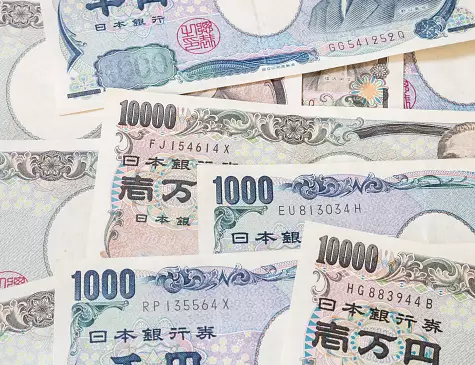The USD/JPY currency pair is currently stabilizing near the 151.96 mark, following a temporary resurgence in the strength of the Japanese yen. Recent fluctuations in this pairing have been intricately linked to major international economic developments, specifically the impact of US trade tariffs. President Donald Trump’s recent executive order imposing a steep 25% tariff on steel and aluminum imports—applicable universally without exemptions—has stirred concerns that a global trade conflict might emerge. Such scenarios threaten to constrain the Federal Reserve’s capacity to enact further interest rate reductions, ultimately influencing currency markets.
Despite this turbulence, the yen gained roughly 2% against the USD the previous week, buoyed by mounting anticipations regarding the Bank of Japan’s (BoJ) prospective tightening of monetary policy. BoJ board member Naoki Tamura has fueled these projections by indicating that the central bank might target an interest rate of at least 1% during the latter half of fiscal 2025. This shift hints at a gradual transition in Japan’s monetary approach, diverging from the prolonged ultra-loose policies that characterized the post-2008 economic landscape.
Recent economic data from Japan supports a bullish stance on the yen. Key indicators reflect rising incomes and an increase in consumer spending, both of which establish a robust foundation for potential interest rate hikes. These dynamics indicate that the BoJ may be inclined to act more aggressively to mitigate inflationary pressures while supporting economic growth. If the yen maintains upward velocity, it could further pressure USD/JPY, signaling significant potential for the Japanese currency to enhance its value against its US counterpart.
Detailed technical analytics of the USD/JPY reveal critical consolidation levels around 151.90. Following a downward trend, a potential breakdown beneath this consolidation area is being closely monitored. Targets for such a movement may include 148.80 and subsequently 148.38. The MACD indicator’s positioning—well below zero and trending sharply downwards—confirms prevailing bearish momentum within the market context. Moreover, analysis on the H1 chart depicts an evolving downward wave toward the region of 148.40, which may trigger corrective retracements back toward 151.90 before subsequent downtrends, eyeing 145.50.
The Stochastic oscillator’s alignment highlights persistent bearish pressure, reinforcing expectations for a downside breakout. Market sentiment appears to be skewed towards a weakening USD, accentuated by the Japanese yen’s potential prowess, driven in part by policy modifications from the BoJ.
While the yen’s current rally has temporarily halted, it is probable that more gains lie ahead, supported by expectations of ongoing policy tightening from the BoJ. Current technical indicators point toward a potential decline in USD/JPY, targeting lows of 148.40 and perhaps extending toward 145.50. That said, the trajectory of the yen will largely depend on forthcoming signals from BoJ officials and the broader implications of US trade policy, notably Trump’s tariff decisions and their ramifications across global markets. As these factors continue to evolve, traders and analysts alike should remain vigilant in their assessments, prepared for potential volatility in this critical currency pairing.

